Siddharth Arora
Review of Low-Voltage Load Forecasting: Methods, Applications, and Recommendations
May 30, 2021

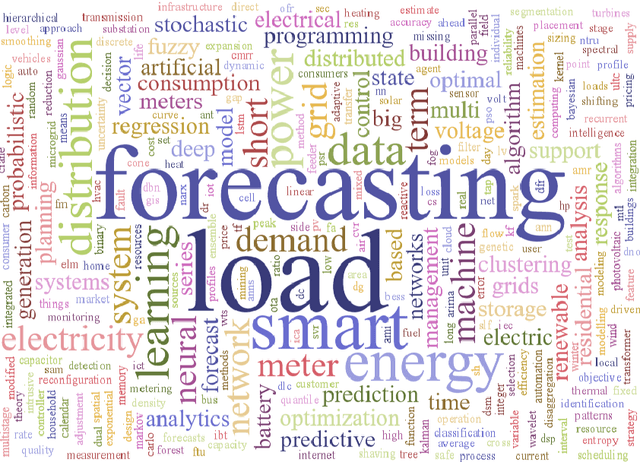
Abstract:The increased digitalisation and monitoring of the energy system opens up numerous opportunities % and solutions which can help to decarbonise the energy system. Applications on low voltage (LV), localised networks, such as community energy markets and smart storage will facilitate decarbonisation, but they will require advanced control and management. Reliable forecasting will be a necessary component of many of these systems to anticipate key features and uncertainties. Despite this urgent need, there has not yet been an extensive investigation into the current state-of-the-art of low voltage level forecasts, other than at the smart meter level. This paper aims to provide a comprehensive overview of the landscape, current approaches, core applications, challenges and recommendations. Another aim of this paper is to facilitate the continued improvement and advancement in this area. To this end, the paper also surveys some of the most relevant and promising trends. It establishes an open, community-driven list of the known LV level open datasets to encourage further research and development.
Locally Adaptive Block Thresholding Method with Continuity Constraint
Mar 09, 2006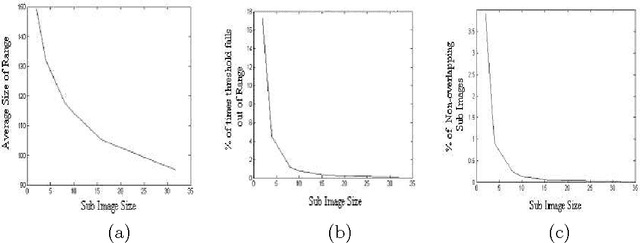
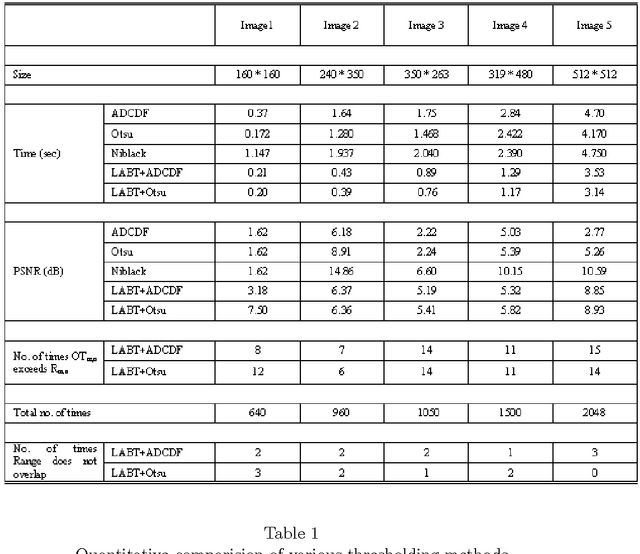
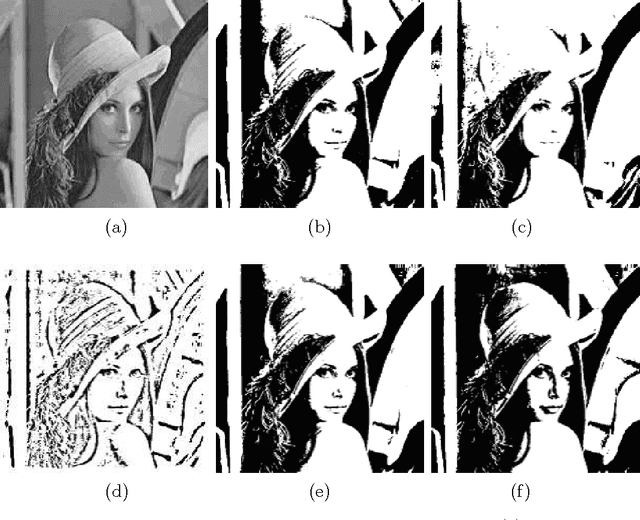
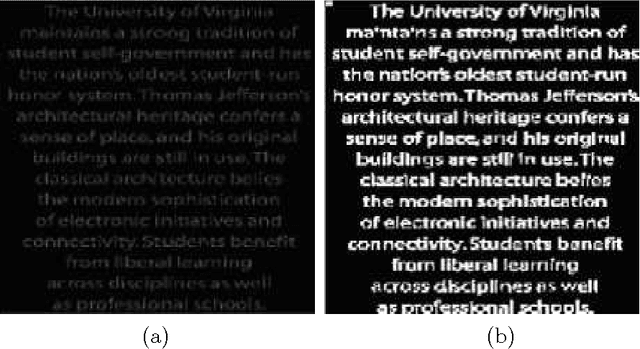
Abstract:We present an algorithm that enables one to perform locally adaptive block thresholding, while maintaining image continuity. Images are divided into sub-images based some standard image attributes and thresholding technique is employed over the sub-images. The present algorithm makes use of the thresholds of neighboring sub-images to calculate a range of values. The image continuity is taken care by choosing the threshold of the sub-image under consideration to lie within the above range. After examining the average range values for various sub-image sizes of a variety of images, it was found that the range of acceptable threshold values is substantially high, justifying our assumption of exploiting the freedom of range for bringing out local details.
Multilevel Thresholding for Image Segmentation through a Fast Statistical Recursive Algorithm
Feb 12, 2006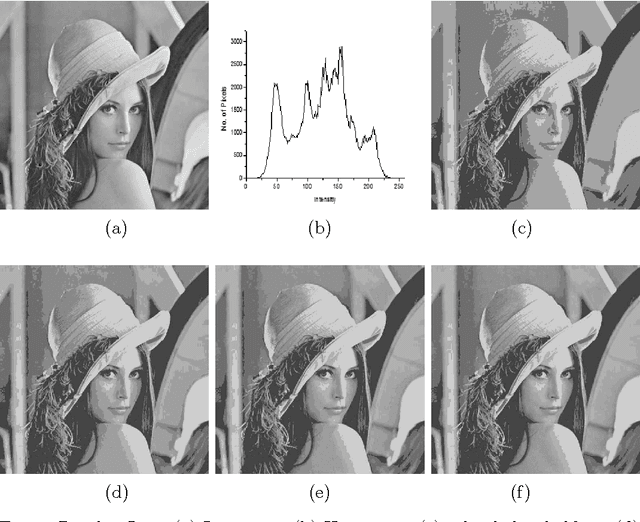
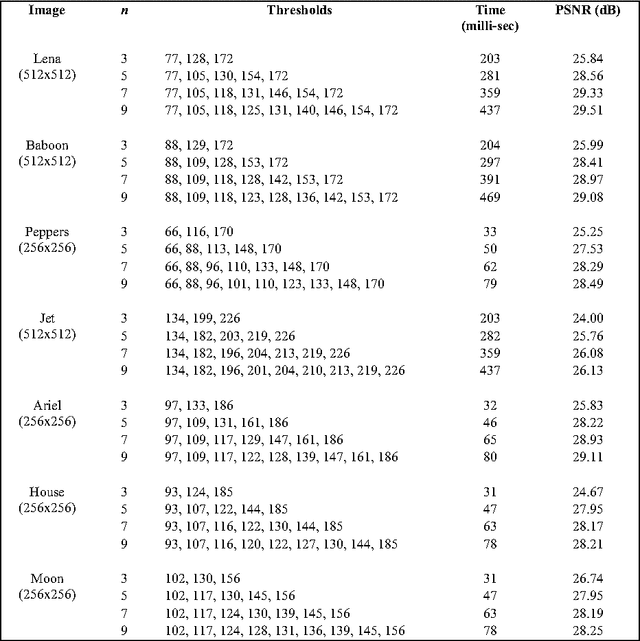
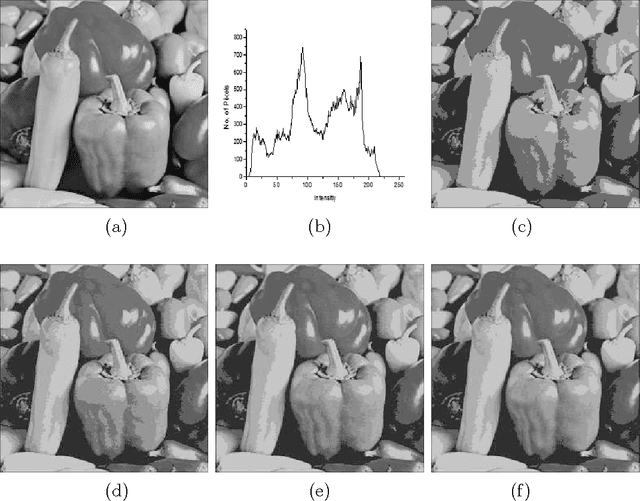
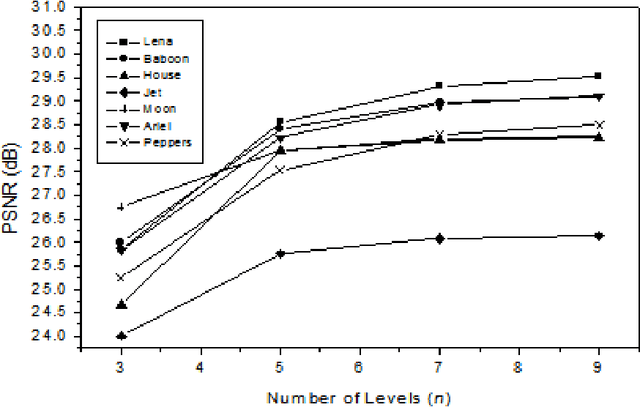
Abstract:A novel algorithm is proposed for segmenting an image into multiple levels using its mean and variance. Starting from the extreme pixel values at both ends of the histogram plot, the algorithm is applied recursively on sub-ranges computed from the previous step, so as to find a threshold level and a new sub-range for the next step, until no significant improvement in image quality can be achieved. The method makes use of the fact that a number of distributions tend towards Dirac delta function, peaking at the mean, in the limiting condition of vanishing variance. The procedure naturally provides for variable size segmentation with bigger blocks near the extreme pixel values and finer divisions around the mean or other chosen value for better visualization. Experiments on a variety of images show that the new algorithm effectively segments the image in computationally very less time.
 Add to Chrome
Add to Chrome Add to Firefox
Add to Firefox Add to Edge
Add to Edge